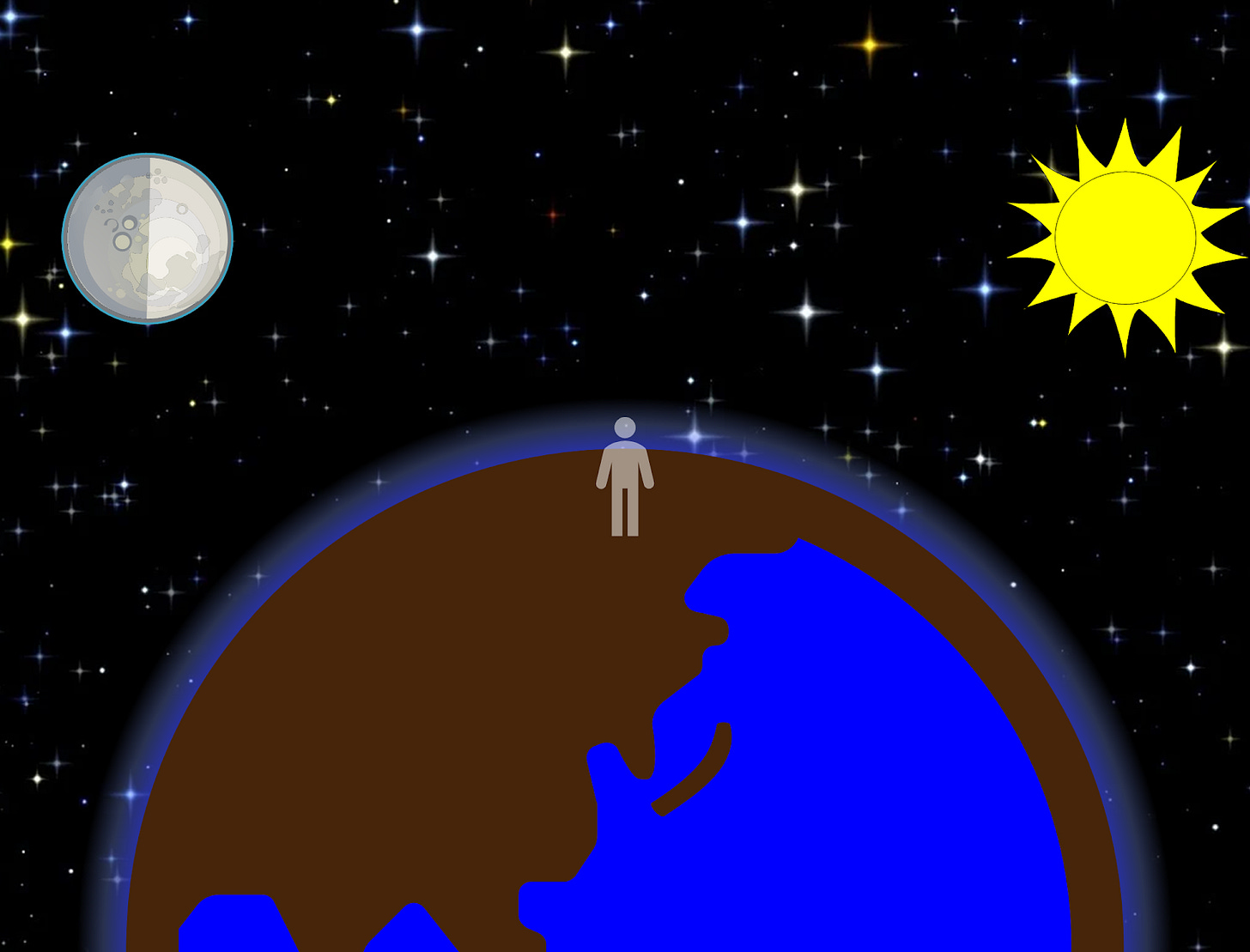1:9 God said, "Let the waters under the sky be gathered together to one place, and let the dry land appear;" and it was so.
A Multidisciplinary Contextualized Analysis of Select Passages From Genesis V2.0
10 God called the dry land "earth," and the gathering together of the waters he called "seas." God saw that it was good.
[This is an excerpt from an exhaustive personal study of most of the first 9 chapters of the book of Genesis. This is a vastly expanded effort from the original version that can currently be found here downloadable for free. The purpose of this exercise is to compare a non-symbolic literal reading of the text to our current understanding of language, paleontology, and the physical sciences. Constructive discussion on the merits of this study is encouraged!]
Approximate Year: 3,800 Ma
Historical Period: Archaean Eon
Event: Formation of oceans
Considering that most terminology we now use to describe cosmology, deep space astronomy, and quantum mechanics are less than a century old, it is reasonable to assume that ancient people might lack more specific vocabulary to describe such concepts. Again, this is doubly the case with Hebrew which continues to maintain a limited vocabulary that continues to be repurposed to include an expanding set of definitions. And if Genesis is truly an account of the universe’s origins provided through a vision or some other inspiration to the author, it was done so thousands of years ago. This predates telescopes, the understanding of cosmic dust like nebulae, or any of our modern theories on cosmic evolution. Therefore, we must consider that some terms may need to serve multiple purposes, or from the author’s point of view they are describing something that has comparable properties.
To this point in Genesis, "waters" (Mayim) has been used to describe the nebulous properties of the early universe and the concept of intangible potential. This is surprisingly relevant to modern studies in the field of quantum mechanics where waveform calculations originally written for water and acoustic purposes have found new purpose in describing the intangible potential of microscopic particles.
Reviewing Genesis to this point, we began with the concept of a body of water in darkness being experientially analogous to the total darkness before the beginning of the universe. Then, the precipitation of early cosmic gasses into nebulae and galaxies of increasing density would be like cloudy water pooling into low places. Eventually, the thick clouds of dust and gas that made up our solar system’s accretion disc would have appeared to an on-the-scene observer like snorkeling in a murky whirlpool. After the main sequence of the sun behind and the lighter dust and gasses of the protoplanetary disk dissipates from the solar winds, earth would for a time still have an opaque lower atmosphere. The molten earth would have much suspended humidity and particulates which may have given a jovian appearance from space.
Eventually, as the surface cools and the humidity precipitates to the surface clearing the air, the ground below is revealed. That surface water came from precipitation of the thick humid clouds around the earth and from underground seeps as the crust settles. This would give the appearance of seas growing out of the earth defining a shoreline in the rugged terrain. Alternatively, an observer of these events time compressed might see the gradual settling of the earth’s thick noxious atmosphere down to the earth’s surface. As this nebulous concoction settles to the ground, it separates into dry land and seas full of water.
Alternatively, some geological theories like the Waterworld Hypothesis propose that our planet was largely covered in liquid shortly after the mantle formed. The earth may have been formed topographically flat with major geological features emerging over time. Continents and islands would rise from the water and migrate around the planet’s surface through the movement of tectonic plates and volcanic activity. This hypothesis would provide a time-compressed vision identical to a plain reading of these verses.
In any case, the “waters” would eventually reveal “dry land”. Note that the naming of "dry land" and "seas" indicates the first appearance of these earth specific features.
Again, the term "water" has so far been for anything fluid in concept or behavior, but from this point on it is clearly referencing terrestrial H2O. The naming of land and seas supports the concept that the apparent separation of solid land and liquid water, at least to a substantial scale, did not exist until then. Therefore the conceptually used “water” becomes repurposed to tangible ocean “water” once it is given a name.
A Multidisciplinary Contextualized Analysis of Select Passages From Genesis 2.0
This is a pre-print collection of excerpts from an exhaustive personal study of most of the first 9 chapters of the book of Genesis. This is a vastly expanded effort from the original version that can currently be found here downloadable for free.




